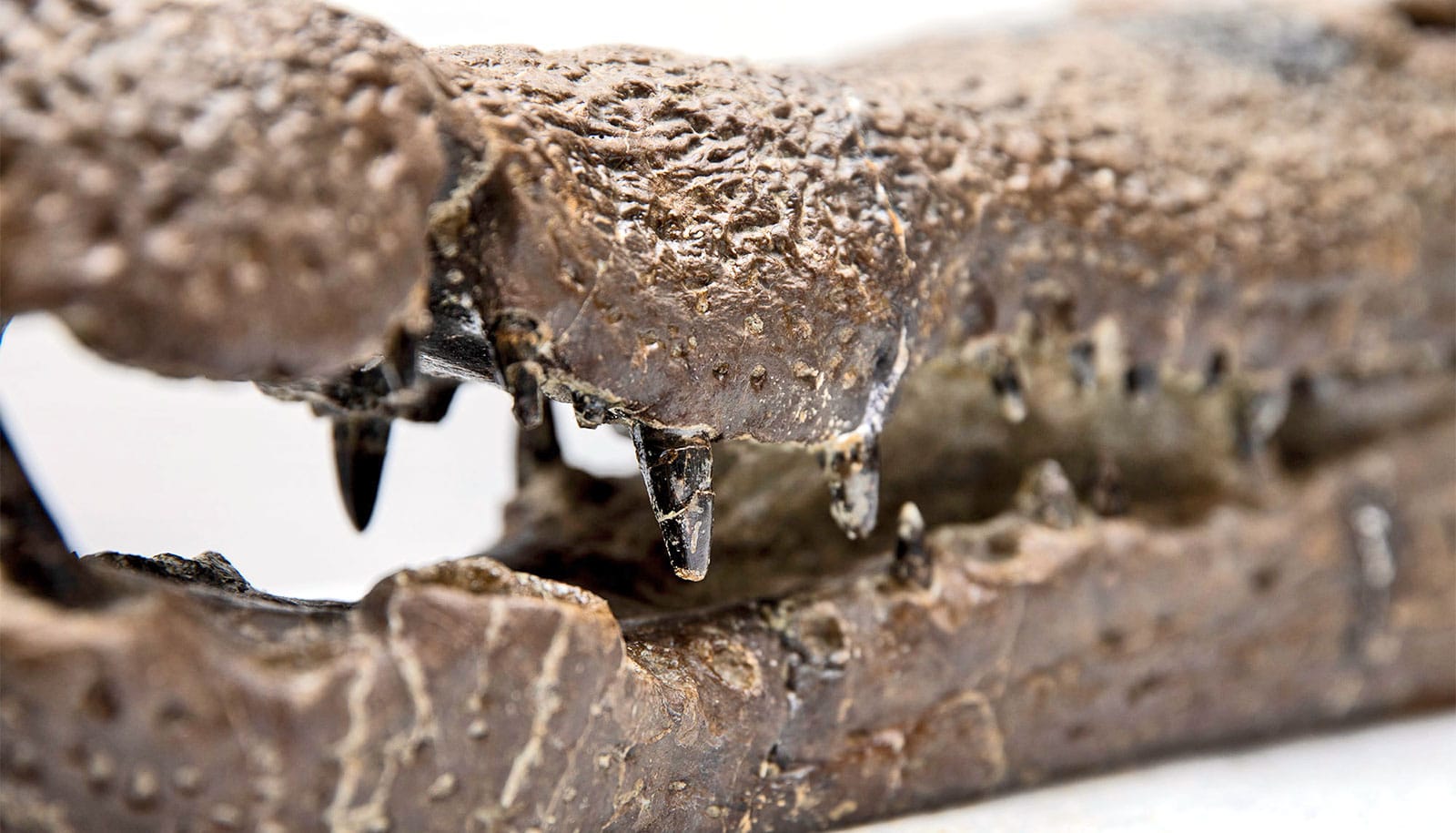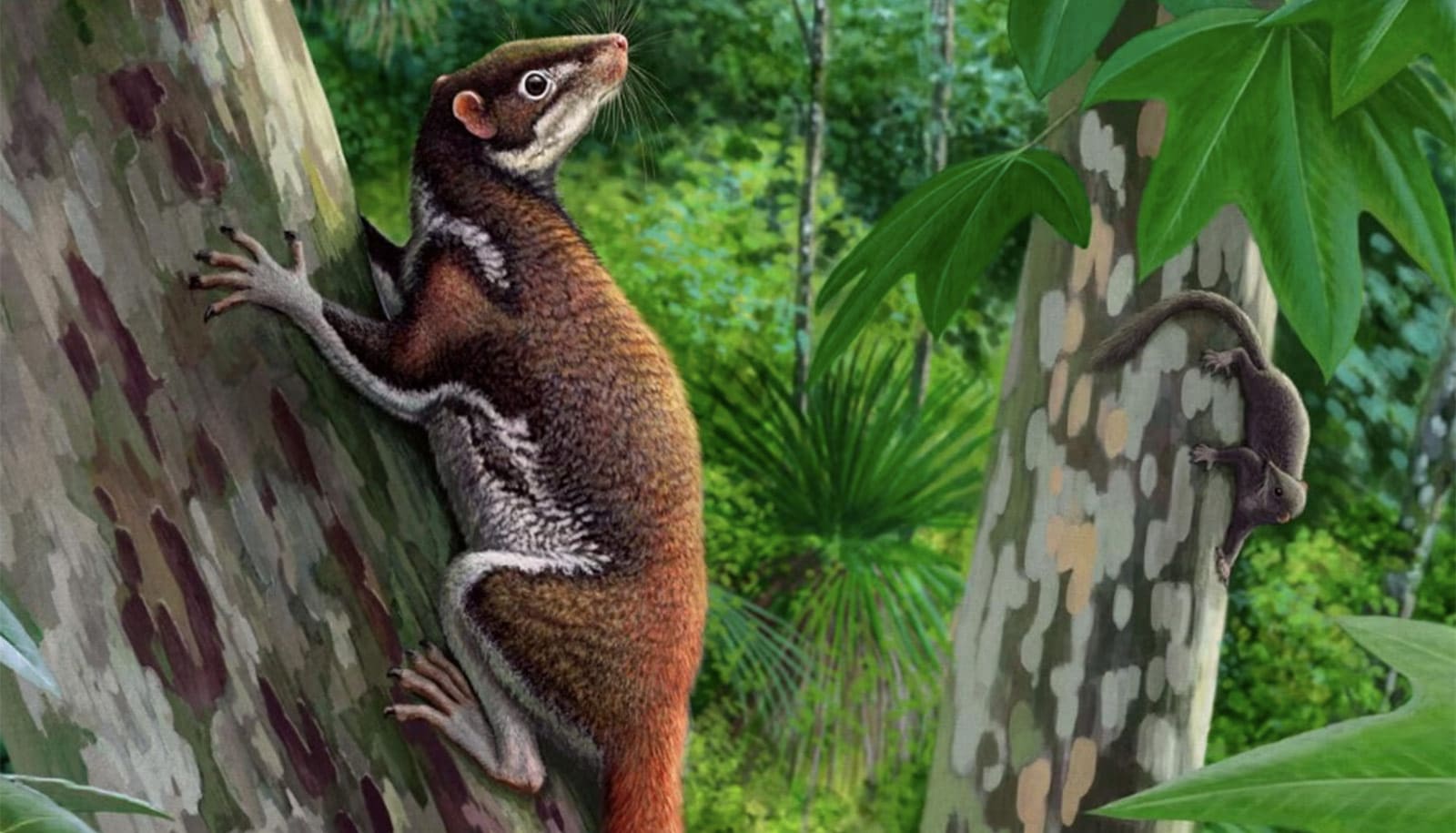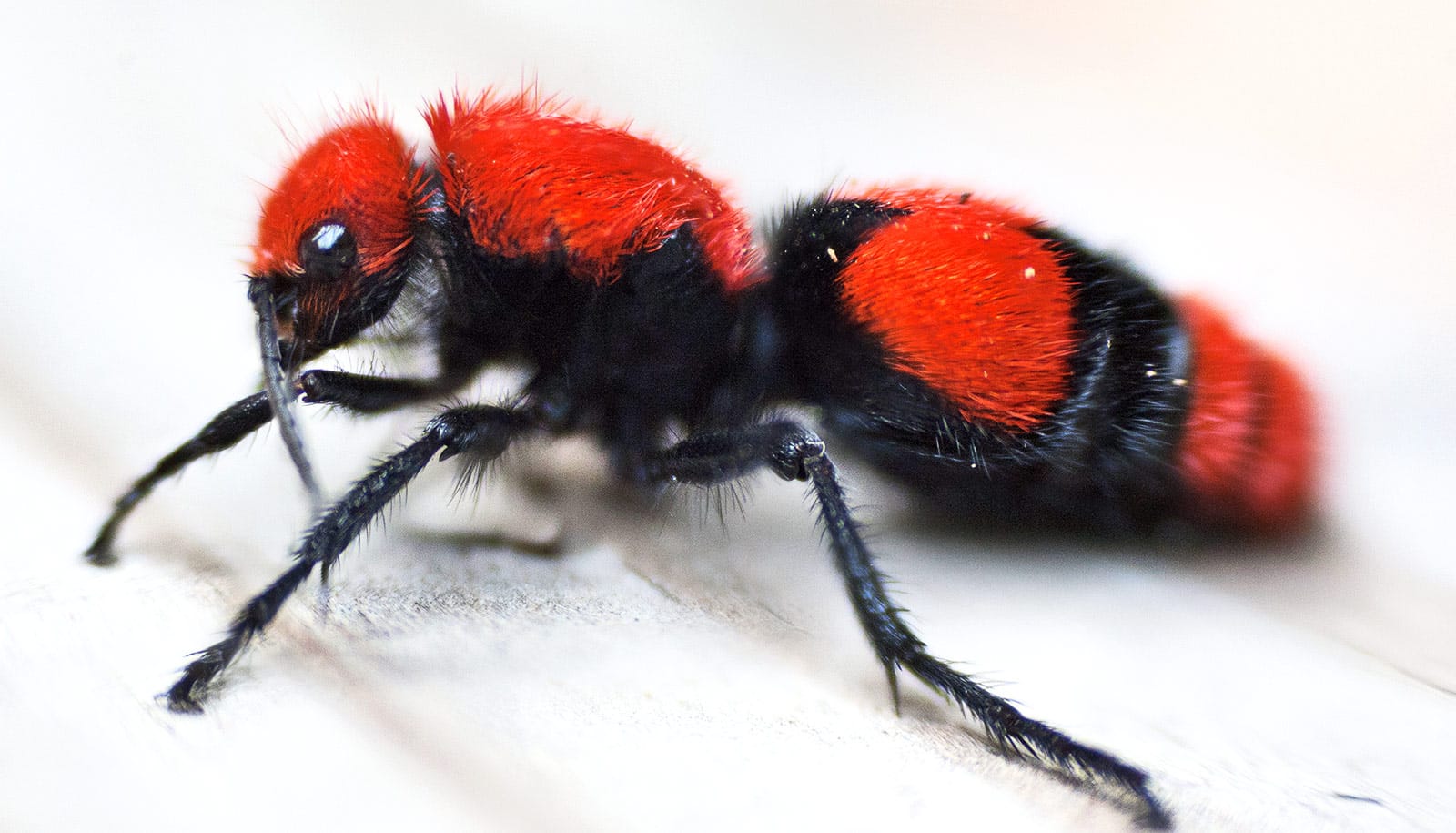Scientists have sequenced the genome of a tiny worm that belongs to a group of exclusively asexual species. This group originated approximately 18 million years ago—making it one of the oldest living lineages of asexual animals known.
The work reveals how it has escaped the evolutionary dead end usually met by organisms that don’t engage in sex.
“Scientists have been trying to understand how some animals can survive for millions of years without sex because strict, long-term abstinence is very rare in the animal world.”
“Scientists have been trying to understand how some animals can survive for millions of years without sex because such strict, long-term abstinence is very rare in the animal world,” says David Fitch, a biology professor at New York University and a coauthor of the research in Current Biology.
“This phenomenon is a significant one in understanding evolutionary genetics because it runs counter to the widely accepted view that sexual reproduction is required to eliminate deleterious mutations and for adaptation to a changing environment.
“For example, in the short term, inheriting copies of both parents’ genes usually provides good insurance against mutations that might kill the function of one of those gene copies—a process called complementation,” Fitch says.
“In the long term, producing offspring via intercourse allows for adaptation to changing conditions over time because it produces variation through genetic shuffling, or recombination. However, because such shuffling does not occur within asexual species, they tend to go extinct rapidly. So, it has been a longstanding mystery in biology how some asexual animals have survived for so many generations.”
The newly sequenced worm, Diploscapter pachys, is a tiny, transparent, free-living roundworm and closely related to Caenorhabditis elegans, an organism commonly used for biomedical research.
Unlike C. elegans, however, D. pachys is asexual.
Scientists used DNA to derive a genealogy that revealed D. pachys belongs to a group of exclusively asexual species that originated approximately 18 million years ago.
In a closer examination of how D. pachys reproduces, they found that, like many other asexual organisms, the process of making germ cells—sperm or ova—had been modified to prevent recombination, or the reshuffling that results from sexual reproduction.
“Basically, the animals were cloning themselves,” Fitch says.
In addition, when researchers studied its chromosomes, they found something even more surprising: there was only one pair.
Close relatives, such as C. elegans, have 5-7 chromosomes, but a single-chromosome pair is so rare in higher organisms that only two other animal species are known with this condition: an ant and a parasitic roundworm.
Bacterial ‘aphrodisiac’ can trigger protist sex swarms
The researchers decided to sequence the genome of D. pachys to test how the single chromosome was structured, whether by loss or by fusion of multiple ancestral chromosomes.
The findings show that D. pachys fuses the six chromosomes of its ancestor into a single chromosome and skips the first division of meiosis, where genes are recombined, so that its offspring keeps the high genetic diversity of the parents.
“Thus, the mystery of its longevity seems largely resolved: D. pachys overcomes the disadvantages of asexual reproduction by maintaining genetic variation, and with it, complementation,” Fitch says.
“Ironically, this is accomplished by making sure there is no recombination between the gene copies. If there were, the differences between the gene copies might be lost. In fact, D. pachys has gotten rid of several of the genes required to make the recombination machinery that exists in sexual organisms.”
Other researchers from NYU and from Duke University are coauthors of the study. The National Institutes of Health, the Howard Hughes Medical Institute, and the National Science Foundation supported the work.
Source: NYU



